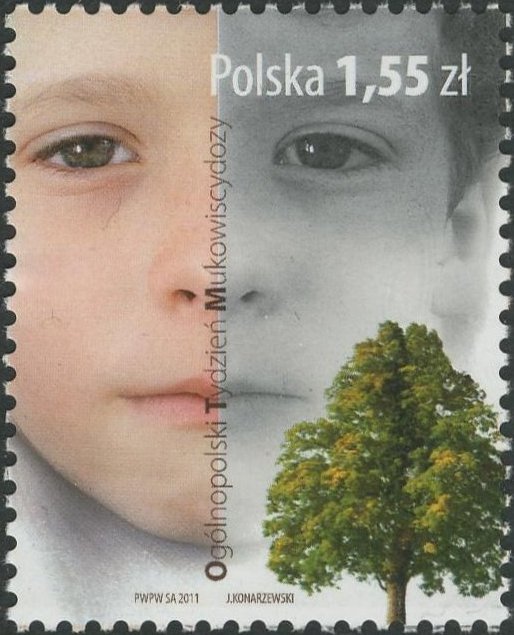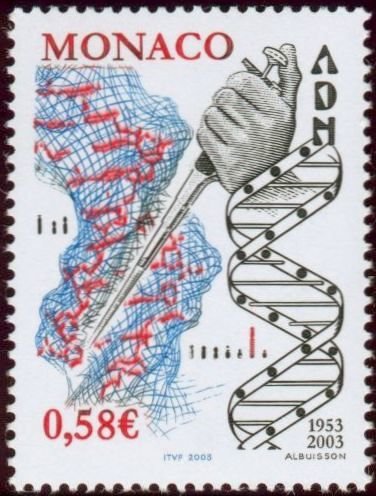
Cystic fibrosis might be healed

The DNA is changed
CRISPR/Cas9 – this acronym stands for a new method for changing DNA building blocks in the genome, with a simplicity and precision that was unimaginable until recently. This “gene scissors” works in almost all living cells and organisms. Using these scissors it should be possible to cure AIDS, cancer and a number of hereditary diseases, but CRISPR/Cas9 can also cause a quantum leap in plant and animal breeding.
CRISPR/Cas9 (the complicated name comes from its discovery as the “immune system of bacteria”) is a new, molecular biological method to specifically cut and also modify our genetic material. In this way individual genes are “edited”. This editing is done in three steps:

Scouting — cutting — repairing
- the precise localisation of the site in the genome where the cut is to be made (by means of a molecular probe, the so-called guide RNA).
- cutting of the genetic material (DNA) at this exact spot by means of the molecular scissors Cas9.
- repairing the cut (possibly also replacement of a small gene sequence) by the cell’s own repair mechanisms.

Radioactivity harms your genes
Every natural mutation (by chemicals, radiation, etc.) is also based on this working method – breaking up the genetic material – changing – repairing. So actually nothing new. And yet fundamentally new, because with CRISPR/Cas it takes place precisely and only at a single predetermined location in the genome. In contrast to conventional genetic engineering. There, the insertion point of changed gene sequences is dependent on chance – except for very complex procedures that cannot be applied in all cells. Thus, there is a risk that also other genes will be altered, resulting in side effects.

Breeding depends on mutations
Actually, a change by the genetic scissors is nothing more than a mutation, as it occurs in large numbers in every natural reproduction and procreation. Even two plants of the same species, as they seem to stand uniformly in one field, differ by different mutations. In wheat, for example, about 100 to 120 natural mutations occur from one generation to the next, randomly and individually unknown.

European Court of Justice
And, is it now genetic engineering when we treat plants and animals with CRISPR/Cas9, even if we only set one mutation, as it occurs naturally over and over again? Actually, it is, because according to current legislation, the decisive factor for the assessment of such genetically modified organisms is not the finished product, but the process in which it was created. And this is genetic engineering. However, if CRISPR/Cas9 was applied, the use of genetic engineering cannot be proven on the final product, because nothing of the molecular scissors remains in the cell and the effect looks like a natural mutation.Science and legislators are thus faced with a small dilemma that cannot be solved easily. Last year, the EUGH in any case classified organisms produced with CRISPR as so-called GMOs (genetically modified organisms). Only who can or wants to prove it?????.
